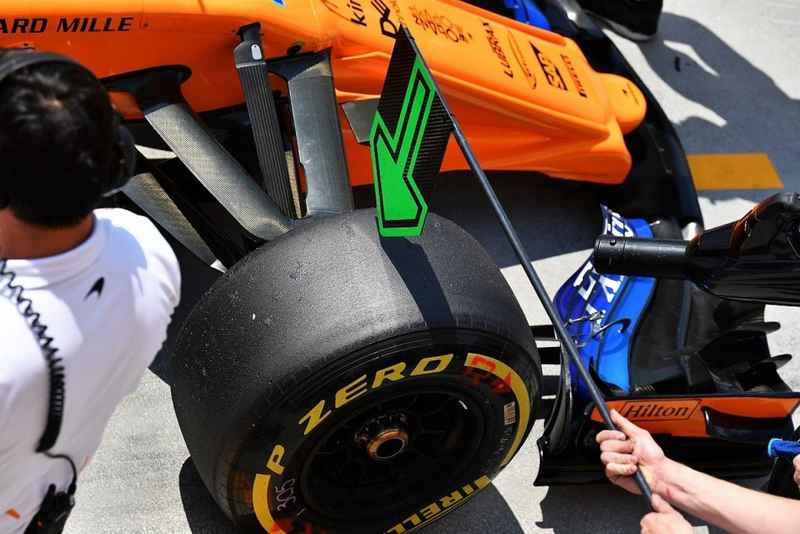If you've ever witnessed any form of motorsports, you would've noticed that the tyres on the automobiles that race appear a lot more smoother and softer than the regular tyres on your car. They are completely free of any tread pattern and have a characteristic bald look that is quite unique. Such tyres with a smooth tread pattern are called "racing slicks". The word "slick" being derived from their appearance.
M&H tyres developed the first slick ever in the 1950s for drag racing. The basic logic behind the development of the slick was that since there will be no grooves on the tyres, the largest possible contact will be achieved with the road which in turn will provide the maximum traction to the rider. This was a major breakthrough as far as racing went because traction was the key to success in racing.
Higher levels of traction translate into faster lap times as:
- You can corner faster due to more grip.
- You can go faster on straights as more power is put to the road due to increased traction.
- You have shorter braking distances.
So essentially, the more the traction, the more power you could put to the ground and the faster you went. However, more traction also meant that these tyres would wear out much much faster.
The Optimum Temperature
Slicks share a love-hate relationship with heat. Modern-day slick tyres have optimum temperatures at which they almost become "sticky", which basically means that they provide amazing levels of grip around these operating temperatures. This is the reason why in auto racing, all of the tyres of the automobiles are covered with tyre warmers so that they keep the tyres at specific temperatures that gives the rider the best grip as soon as the race starts.

Also See: What Are Airless Tyres?
Slicks increase contact area due to their lack of tread which increases the friction between the tyres and the tarmac. Increased friction basically means more heat and that is why you would've noticed that racing tyres are quite broad. This is to dissipate the heat across a larger area.

The Choices Available
Usually, F1 or MotoGP riders are given a choice between a few types of dry tyres (slicks) and a few types of wet or intermediate tyres. The dry tyres are all different in terms of their hardness. Slick tyres for races come in various different compounds with varying degree of hardness as well as tyre life. So racing teams have to decide on specific tyres for specific circuits, before the race begins, by keeping the track conditions in mind. It is important to note that slicks are always used only in dry weather and never on wet surfaces due to the massive risk of aquaplaning.

So in F1, you basically have tyres that are colour coded for the race in the following way:
- Softest tyre (S)- Red
- Medium (M) - Yellow
- Hardest tyre (H) - White
These tyres are usually colour coded to make it easier for the audience to decipher which tyre is each rider/driver using.
A harder tyre will wear out slower than a softer tyre, however, a softer tyre will provide more grip at the cost of longevity. Modern-day racing requires the teams to find a balance between tyre grip and tyre wear by considering circumstances like race laps, weather, tarmac temperature, circuit design, no of pit stops etc. Every team needs to devise its own strategy and then pick the tyre that suits their plan.
Also See: F1 Teams To Provide Mule Cars To Test Pirelli’s 2021 Tyre
For example, a softer tyre will get you faster initial laps but will eventually wear out leading to slower final laps. A harder tyre will give you slower initial laps but will give you faster final laps.
It also depends on how conditions can vary on the track as its important to keep the tyres at the optimum temperatures. So racers also have to keep the tyre temperatures as well as the wear and tear in mind and adjust their racing according to the condition of their tyres.
How much faster are racing slicks?
Faster – most often, considerably faster than any other type of tyre around.
If operating in the optimum temperature window and in the hands of a capable car and driver, racing slicks are unrivalled. These tyres can single-handedly boost your vehicle's performance to a whole new level and no other vehicle modification can come even close to delivering such dramatic improvements in performance and lap time.
The proof? In a lap time exercise involving BFGoodrich performance street tyres and racing slicks, professional racing driver Randy Pobst was able to cut almost 6 seconds per lap around a standard length road course when using slicks.